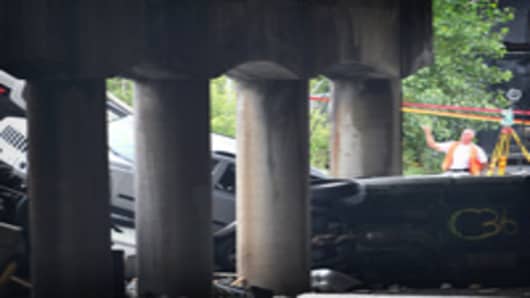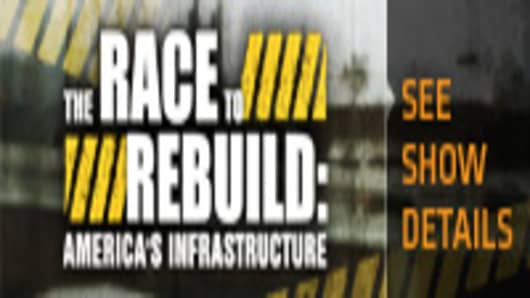When you read the headlines these days, it would seem that both political parties have one common objective – to ensure that neither party gets credit for anything.
While that may be good party politics, it inhibits the cooperation needed to address America’s challenges. I have been a Mayor, Congressman, Cabinet Secretary and an executive in the private sector – I know first-hand about the importance of collaboration in achieving important objectives.
One important objective that requires immediate action is the improvement of America’s transportation infrastructure. And while this would be a priority in any economy, the fact that the U.S. is in dire need of job creation and real growth only further highlights the immense need for investment in infrastructure.
I’m always surprised by the attention span the American public has toward transportation. We seem to take for granted the maintenance and expansion of our transportation arteries. Sure, we can walk, but inevitably everyone has to use transportation – whether by car, train, bus, boat or airplane – at some point during the day. The same holds true for our everyday needs and interests. The food we eat, the clothes we wear, the TV’s we watch, the iPad’s we play and learn with – they all get to the shelves in the store by some mode of transportation. So I wonder why more people don’t push our government leaders to fix America’s ailing transportation network due to the vital role it plays in our lives and its intricate connection to economic activity.
We’ve fallen out of the top 20 among developed countries boasting the best infrastructure system and that has dire effects on growth at home as well as the attractiveness of our nation to other companies looking to expand operations.
Unfortunately, our transportation network is in gridlock these days. With passengers and freight squeezing every ounce out of port, aviation, rail, transit, pipeline and highway infrastructure, the future of our nation’s economic growth relies more than ever on the efficiency, capacity and safety of the U.S. transportation system.



